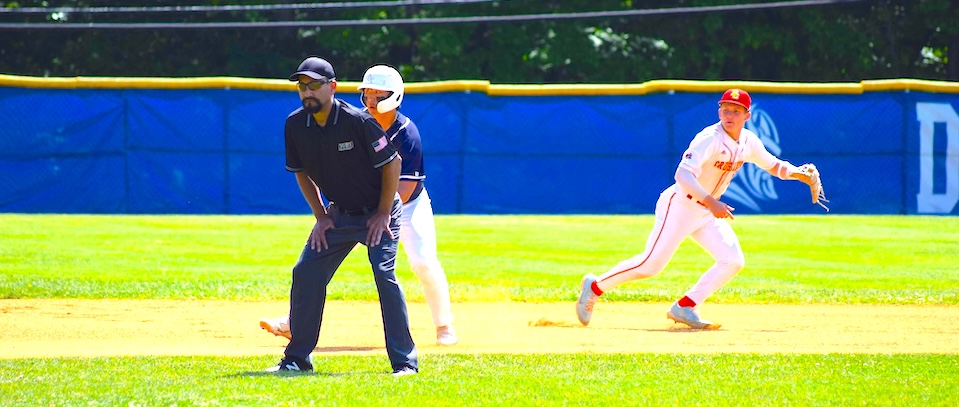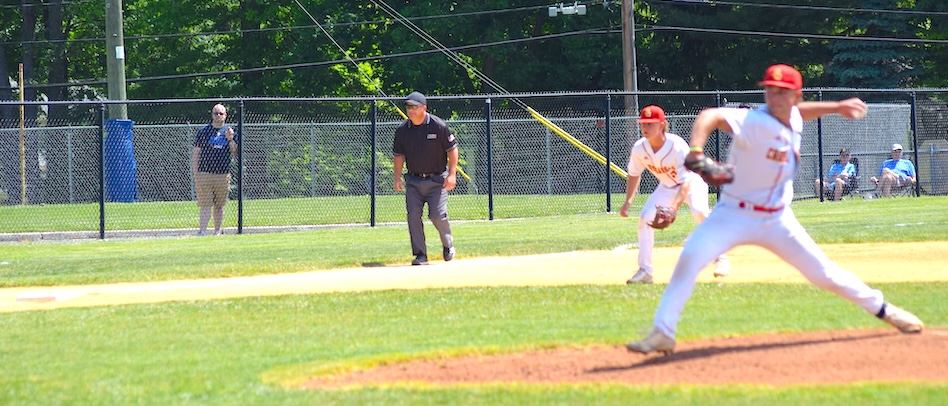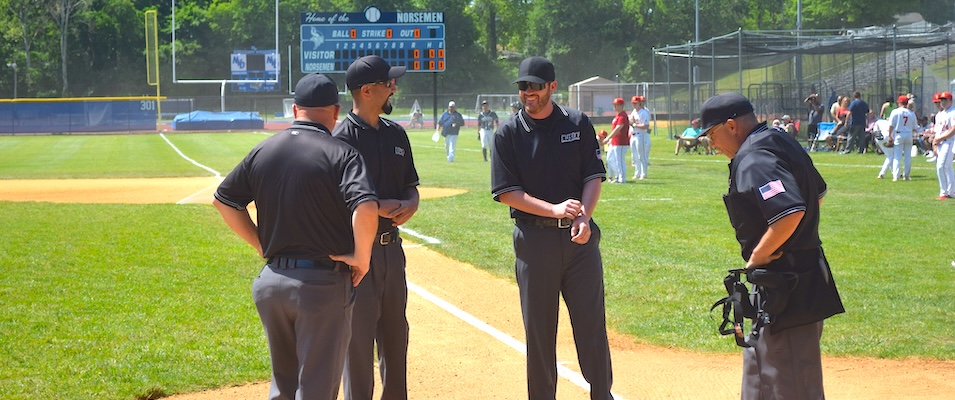Softball Rules Changes - 2024
Submitted by bcua on Mon, 07/10/2023 - 6:28pm1-8-6: Permits electronic information to be transmitted to the dugout from anywhere outside of live ball area.
Rationale: The rule change reflects current technology and still requires that electronic devices used for coaching purposes may only be used in the dugout butdoes not stipulate where the video is recorded or how it is transmitted.
3-2-2: Beginning January 1, 2027, uniforms may only bear a single manufacturer's logo, school name, school logo, mascot and/or the participant's name. Advertisements, messages, team slogans, etc., will no longer be permitted.
Rationale: Consistent language has been established for NFHS sports that describe what information is permitted on the uniform. A player’s name, school name, school nickname, school mascot and/or the school logo may be placed on the uniform.
3-2-5: Removes the color restriction for headbands and ribbons.
Rationale: Adds consistency amongst headwear requirements for other NFHS sports.
3-2-7: Defines where a wristband with a playbook/playcard may be worn. If worn by the pitcher, the wristband with a playbook/playcard must be worn on the non-pitching wrist or arm.
Rationale: Clarifies where this equipment can be worn. This change will prohibit wristbands from being worn on the belt. It remains legal for players to keep the wristband with a playbook/playcard in their back pocket.
4-2-7, 10-2-3e, h: The umpire may call (end) a game if playing conditions in or around the facility become unacceptable to safely continue the game.
Rationale: Provides rule justification when an umpire ends a contest due to unacceptable playing conditions to continue play in addition to weather.
6-1-2c, 2-47: The pitcher may now have both feet off the ground at the same time as long as both feet remain within the 24-inch width of the pitching plate and the pitcher does not replant the pivot foot. A definition for a replant was added.
Rationale: The rule change permits both feet to disengage from the playing surface while delivering a pitch. The addition of Rule 2-47 defines that a replant of the pivot foot occurs when the pitcher pushes off the playing surface from anywhere other than the pitcher’s plate prior to the act of delivering the pitch.
6-2-2: Pitchers can only use dirt, powdered rosin or comparable drying agents that are listed on the USA Softball’s certified equipment webpage to dry the hand.
Rationale: Clarifies the difference between tape and other non-approved substances on the pitching hand or fingers versus the use of approved substances under the supervision and control of the umpire.
2024 SOFTBALL EDITORIAL CHANGES
1-5-1c, 1-6-1, 1-7-1, 2-4-3, 1-6-1b, 7-1-2 PENALTIES 2 & 3, 7-4-4
2024 SOFTBALL POINTS OF EMPHASIS
- Game Management
- Unacceptable Conditions
- Unreported vs. Illegal Substitutions
- Pitching Mechanics: Replant
NFHS





